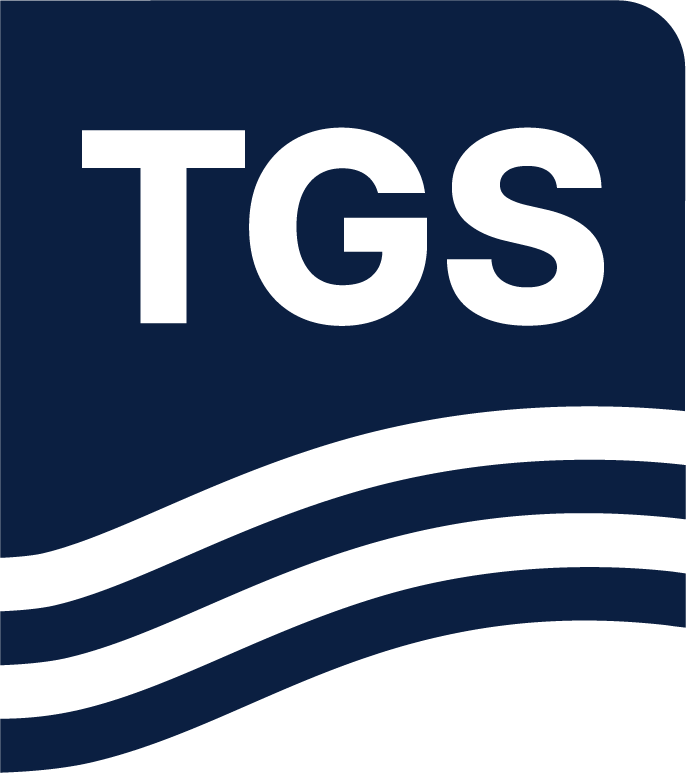Williston acreage potentially set to face higher scrutiny in wake of acquisition and higher breakevens
On July 18, Chevron announced the closing of the Hess acquisition following the International Chamber of Commerce’s (ICC) ruling to allow Chevron to assume Hess’ stake in Guyana. After a year delay, the acquisition provides Chevron with a wide range of international assets, including 463 thousand net acres in the Bakken in North Dakota. Although one of the longer-held assets by Hess, the Williston Basin is a new asset area for Chevron and less economical with 7-15% and 24-38% higher breakevens than the Midland and Delaware basins, respectively, per TGS Well Economics. Chevron is primarily active in the US Onshore area. Additionally, in the initial acquisition announcement Chevron stated a goal to raise $10-15 billion in asset sales through 2028, leaving some uncertainty to the future of the Bakken assets. This week, using TGS Well Data Analytics, we evaluate the Hess assets in comparison to other large operators in the Williston Basin who could be potential suitors to any sale.
Hess has been one of the longstanding producers in the US Williston Basin, first acquiring acreage in 1981. In the 2000s, Hess’ development strategy shifted from primarily conventional to unconventional where all 121 wells drilled since the start of 2024 are horizontal targeting the Bakken. Today, per TGS Well Data Analytics, Hess ranks 5th on a BOE/d basis of operated production with 93 MBO/d and 384 MMCF/d, (Figure 1). On the well performance side, by comparing 12-month cumulative BOE per foot of lateral length to the top 10 operators in the basin by BOE/d, Hess wells rank 5th with 21 BOE/ft (Figure 2). It should be noted that the lower ranking is due to Hess wells having the 2nd highest GOR at 2,601 scf/bbl.
In terms of well and completion design, 90% of Hess Bakken wells drilled in the last 5 years were 2-mi laterals, the highest percentage of the top 10 Williston Basin operators. ConocoPhillips had the 2nd highest proportion of 2-mi laterals at 89% followed by Petro Hunt and Devon at 85% and 83%, respectively. Since 2020, on a per foot of lateral length basis, Hess 2-mi Bakken wells used an average of 21 bbl/ft of frac fluid and 1,026 lbs/ft of proppant. Hess’ frac fluid amount is the 4th lowest tied with Chord and only 1 bbl/ft higher than Continental. On the proppant side, Hess 2-mi laterals used the 2nd highest just above Continental. Although still fresh off the acquisition closing, the Hess Bakken assets could be an area to watch in the coming quarters.
Using TGS Well Data Analytics, we were able to quickly evaluate performance metrics and completion design. For more information about TGS Well Data Analytics or to schedule a demo, contact us at WDPSales@tgs.com.

Figure 1. Overview of the Hess Williston Basin assets.

Figure 2. Production analysis of the top 10 Williston Basin operators over the last 5 years including A) BOE per day, B) GOR, C) Cumulative BOE per foot of lateral length, D) Lateral lengths, E) Frac fluid per foot of lateral length, and F) Proppant per foot of lateral length.


